|
If you’ve read any of our blogs, you’ll notice we constantly reiterate how important and essential clean water is. But today, for a change, we’re focusing on sanitation. We’re talking about this dirty topic because significance of sanitation has been exponentially heightening due to the relentless and compounding force of increased natural disasters. For 95 million people across the globe, natural disasters cause significant fear and loss each year through the sheer destruction and disruption of lives and their communities. Research has shown that climate change is a catalyst in increasing the number of natural disaster events, and according to EM-DAT, the number recorded has increased by almost three-fold; from 1,300 natural disaster events between 1975-1984 to 3,900 events between 2005-2014. The rapid rise in recorded natural disasters highlights its scale of destruction as infrastructures, the environment and ultimately the population’s health are repeatedly affected. Communities with effective sanitation become jeopardized as sanitation systems are threatened by floods, drought and rising sea levels. In addition, natural disasters play a role in aggravating the already ongoing and long-term issue of improper sanitation for populations that are located in underserved regions. In efforts to maintain good hygiene and to reduce the spread of communicable diseases, affected populations have to rely on rapid and high quality humanitarian responses for the provision of safe water and basic sanitation facilities, especially in low-income countries. The fight for survival is far more challenging in low-income countries as they face greater negative repercussions and require a longer period of time to recover. In commemoration of World Toilet Day and our effort to de-stigmatise the topic of sanitation, we’re highlighting important factors that should be considered during a humanitarian response in order to appropriately and safely tackle the prevalent sanitation crisis in disaster settings. Impact on sanitationNatural disasters often leave affected populations with damaged water supplies and destroyed sanitation facilities.
Purpose of Sphere StandardsIn emergency situations, it is important to reduce public health risks by building barriers along the different pathways that can transmit faecal-oral diseases (faeces, fluids, fingers, flies and food), as disaster-affected populations are more vulnerable to life-threatening illnesses such as diarrhoea and dehydration during this time. To ensure elevated quality, effectiveness and accountability for humanitarian assistance, there are a few minimum standards that must be achieved by affected populations and humanitarian aid groups. Continue reading as we highlight and emphasise the most important pointers from the Sphere Standards handbook to ensure the health of vulnerable populations after a disaster. Sphere Standards: Excreta managementWithin the Sphere handbook, the essential concepts and minimum standards for WASH promotion are: Excreta management; Water supply; Hygiene promotion; Vector control; Solid waste management and WASH in disease outbreak and healthcare settings. Today, we will be directing our focus on excreta management, however, it is important to note that the multiple standards should not be practiced in isolation, as progress in one aspect influences progress in other areas as well. In efforts to prevent the contamination of natural, living, learning, working and communal environments, excreta needs to be safely contained on-site. After a disaster or an emergency crisis, there is a clear urgency to control indiscriminate open defecation. If sanitation facilities are not immediately provided, individuals have no choice but to practice open defecation through no fault of their own. Therefore urgency is an important consideration when determining what sanitation facilities can be used. The most suitable system is dependent on the specific conditions in a disaster setting. Typically, simple pit latrines are deployed during disaster response as they may be the easiest to set up and resources can be sourced locally. However, environmental challenges such as difficult ground composition (rocky, sandy surfaces etc.); elevated water table or flooding; insufficient water; or the shortage of space may make the use of a pit latrine ineffective. Other viable options for sanitation following a disaster are:
These options may come with their own challenges however; while a urine diverting toilet doesn’t require water usage, it may be difficult to source after a large scale disaster. An elevated latrine is ideal if the groundwater table is too high for a standard pit latrine to be dug, but the composition of the ground may not allow for stable construction. A trench latrine can be created on a larger scale with fewer required resources, however it may be susceptible to overflowing or flooding that could cause dangerous contamination to its nearby users. Peepoo bags are an innovative single-use bag that self-sanitises to prevent contamination once enclosed. They are biodegradable and can be used in the privacy of one’s own shelter or a simple toilet tent, however, there is possibility of contamination if the Peepoo bag is used improperly and they must be stored or buried after use, which space may not allow for. Now that we have a clearer perspective on the different sanitation systems available, next, we will explore the critical factors within the excreta management standard. Establishment of proper defecation areas: This standard emphasises that humanitarian organisations must immediately assess and consider the location for defecation carefully, as these areas must be established away from water sources, water storage and water facilities. Undeniably, establishing defecation facilities along public roads, near communal facilities or near food storage and preparation areas should be avoided. The separation of human excreta from living, learning and working environments helps to prevent the spread of pathogens in the environment. The distance of containment facilities from water sources: In order to preserve the natural environment, faecal material from containment facilities such as trench latrines, pits, vaults, septic tanks, and soakaway pits should be distanced away from water sources to prevent faecal contamination. The minimum distance required between containment facilities and water sources can be determined by executing the soil permeability test. The objective of this test is to find out the speed at which waste moves through the soil (infiltration rate). If these factors are not strongly considered, a severe outbreak can occur as a result of faecal matter seeping into a primary water source. A leaking or inadequate waste treatment facility can result in unexpected water contamination, similarly to what sparked Haiti’s decade-long cholera outbreak which still affects the nation today. Next, the purpose of excreta management is to also provide the communities with safe and secure access to adequate, appropriate and acceptable toilets at all times. Toilets are considered adequate, appropriate and acceptable if they fulfill the following criteria:
In the following sections, we will be providing a comprehensive explanation on the different factors that require additional emphasis and attention when providing humanitarian aid, as the significance of these factors have a strong possibility of being overshadowed or overlooked. Safe and secure facilities:
In low-income countries, the safety of women and girls are threatened, especially at night.
Easy access to clean water:
Having easy access to safe and clean water is of paramount importance, especially in disaster settings where the procurement of safe water is extremely difficult. With proper sanitation products such as soap (or an alternative such as ash), toilet paper or other anal cleansing equipment, individuals are able to practice good personal hygiene. Handwashing after using sanitation facilities, before and after changing a diaper, and again before coming in contact with food creates protective barriers, prevents food contamination and ultimately, protects individuals and those around them from excreta-related diseases. If vulnerable communities lack easy access to safe water, they are forced to either use unsafe water or travel a greater distance to collect it. These communities would then have to rely on a lesser amount of clean water, segregating and prioritising it for different purposes such as survival, basic hygiene practices and basic cooking needs. Thus, there will be insufficient clean water available for vulnerable communities to serve their different objectives, especially maintaining hand hygiene and staying hydrated and healthy. Solid waste management and vector control:
As part of managing solid waste, appropriate containers should be included in toilets to allow proper disposal of women’s menstrual hygiene materials alongside child and adult incontinence materials. This is to prevent the blockage of drainage systems which have the ability to pollute surface water, and consequently, encourage the breeding of vectors such as mosquitos and flies. Vector-related issues can be controlled by implementing simple environmental engineering measures (such as placing appropriate containers in toilets for the disposal of sanitation materials and ensuring excreta is properly contained and covered). Hence, this would better protect the vulnerable population from vector-borne diseases which play one of the major roles in causing sickness and deaths in emergency settings. Hygiene promotion is crucial for proper excreta managementWhile hygiene promotion is considered separate to excreta management, it is a factor that needs to be strongly considered when responding to emergency or disaster situations. WASH related diseases are easily preventable through the use of proper hygiene practices. Following a standardised approach to educate on hygiene can be ineffective and different approaches largely depend on the social context of each unique community. Additionally, education is not enough if the resources, such as soap and clean water, are not available. Excreta management, clean water provision and hygiene promotion are an important trifecta that require each other to be effective on the whole.
If you’ve enjoyed reading this blog, be sure to read our blog on the prevalent sanitation crisis that is impacting millions of people across the globe. Click here to learn more! During this time of the year, ASEAN nations are extremely vulnerable towards natural disasters, jeopardising lives and their surrounding environments. Visit our Disaster Relief page to discover how our products are capable of responding to natural disasters efficiently, bringing safe drinking water to communities in need. Blog Author: Nur Khairiyah Bte Mohd Samion Chief Editor: Michelle Falcone Sources:
https://www.un.org/en/observances/toilet-day https://washmatters.wateraid.org/disasters https://handbook.spherestandards.org/en/sphere/#ch002_002 https://www.humanosphere.org/global-health/2017/05/women-northern-india-said-no-toilet-no-bride-worked/
8 Comments
Today we’re writing about a sh*tty subject to draw attention to one of the biggest public health threats across the globe: sanitation. That’s right, today we’re talking toilets.
Excreta is inescapable. The human body produces waste to eliminate the matter it does not require; regular bowel movements are the sign of a healthy digestive system, necessary for the human body to function properly. Shockingly, the amount of poop produced by all humans on earth calculates to about 290 billion kilograms (640b pounds) each year. Regardless of where you live on this planet, your economic standing, your nationality, your ethnicity or your gender, you poop. In a society or country where toilets are widely dispersed and properly functioning, you simply flush that poo farewell and never think of, or see it again. But, for the 2 billion people on Earth who don’t have basic sanitation service s or clean water, their lives are more than just affected, they’re at risk. Every year, 775,000 lives end prematurely because of poor sanitation, and we’re on a mission to decrease that. The problem with poop
2 billion people globally lack safe water in their homes; people travel long distances, pay extortionate amounts for bottled water or use nearby rivers or lakes to meet this basic need. In fact, 160 million people drink water directly from surface water sources. In an environment where there is no potential cross-contamination, those water sources may not put someone at risk of death.
But in a world where over 890 million people defecate openly, surface water sources are in tremendous danger of contamination. Open defecation is defined as the disposal of human faeces in fields, forests, bushes, open bodies of water, beaches or other open spaces. Because ⅓ of the world doesn’t have access to a toilet, people go where they can. When it rains or floods, faecal matter then washes into water sources, agricultural fields and even areas where children play. Unintended victims end up consuming bacteria and viruses spread through teeny tiny particles of faecal matter, causing dangerous illnesses, severe dehydration, and even death.
This grave injustice led to the founding of World Toilet Day in 2001 to tackle the mountainous task of spreading awareness about this understated killer and assist in the progress towards achieving improved sanitation world wide.
United Nations Development Goals
In 2000, the Millenium Development Goals (MDGs) were created in an effort to make development progress in 8 broad areas, with clean water and sanitation sitting under Goal 7 (Ensuring environmental sustainability). At this time, half of the world’s population were not using a source of improved sanitation, and the goal by 2015 was to halve this figure.
Improved sanitation was then defined by a facility that ‘hygienically separates human excreta from human contact.’ This is clearer defined by a household having one of the following types of toilets:
Sanitation doesn’t only account for the method by which excreta is contained and disposed of, but extends to include considerations of whether individuals have privacy, dignity and accessibility. With this in mind, sanitation facilities that are one of the above may not be considered ‘improved’ if they are shared among more than one household. Just imagine if you had to knock on your neighbor’s door every time you had to do number 2…or worse, you had to walk to the middle of town because the entire neighborhood shared a single toilet. Today, 600 million people live with limited sanitation, sharing their facilities with individuals outside of their household.
For this reason, sanitation facilities are considered ‘unimproved’ if they:
Despite the global effort directed at conquering this colossal challenge, the progress fell significantly short.
A report by the Joint Monitoring Programme cited that the populations without improved sanitation were actually the hardest to reach, and the ones that would benefit from it most: "families living in remote rural areas and urban slums, families displaced by war and famine, and families mired in the poverty-disease trap."
Meeting the sanitation targets didn’t just mean installing toilets everywhere you could, it meant identifying and reducing disparities between rural and urban communities, disparities of wealth, and even disparities of gender.
The challenges and disparities mentioned above are still widespread issues today, representing a broader set of circumstances that hinder success towards not only sanitation goals, but many other development goals.
Recognition of this issue skyrocketed in the last decade, and major organisations like the Gates Foundation hosted global initiatives to ‘reinvent the toilet’ in an effort to innovate a more sustainable sanitation system. As the Millenium Development Goals morphed into the Sustainable Development Goals, clean water and sanitation received its own indicator (SDG6) and its own dedicated attention. Organisations that worked behind the scenes to tackle WASH related issues took the forefront and de-stigmatised the talk of toilets. The world is making progress, just not fast enough
Complete data for ‘safely managed sanitation’ is very challenging to come by, and estimates are used at a regional level to gain a better idea of the situation on the ground. The range of terminology used to categorize the types of sanitation also leaves room for inconsistencies, so a sanitation ladder has been created to help identify the shifts of progress for communities transitioning from the lower rungs upwards.
This biological difference between males and females has led to severe inequities in the opportunities for a young girl to get an education. In sub-saharan Africa, 1 in 10 girls miss school during their period, while in Bangladesh, 40% of girls missed an average of three days per month.
Sub-Saharan Africa is home to all 10 of the world’s worst countries for basic sanitation, where on average only 28% of the population has access to a toilet. These countries are also the locations where open defecation is commonly accepted and practiced; therefore independent campaigns to reduce open defecation have been diligently promoted and highly effective. Over the last 20 years, open defecation has decreased from 80% to 27%, citing successful public health endeavors to provide education, encourage behaviour change, and create access to sanitation facilities. This is a victory itself, but there is much more progress to be made.
India, the country with the world’s second largest population, is also the country where the most people don’t have access to a toilet. Although, by proportion, only 56% of India’s population don’t have basic sanitation, this figure equates to over 700 million people. That is more than double the entire population of the US!
The situation in India and in many countries around the world is enhanced by the growth of populations and urbanisation that increase these inequalities. As populations boom and move to cities where space for toilets, sewer systems, and treatment facilities simply do not exist, the accumulation of waste overlaps into the living spaces and neighborhoods of the poor. In fact, over 80% of wastewater from all human activities is discharged into rivers or seas without any pollution removal. As access to affordable clean water is still a major issue across the globe, the improper containment and treatment of wastewater can lead to widespread contamination, increasing the likelihood of illness, disability and death. This vicious cycle has brought us back to the paramount importance of having a clean water supply.
We’ve written an entire blog on common infectious diseases related to poor water quality, unsanitary conditions and improper hygiene, but those only cause a fraction of the true negative impact of improper sanitation. In addition to the tropical diseases, trachoma-induced blindness and worm-like parasites that affect billions worldwide while malnourishment and stunting hinder a child’s ability to grow. The effects can be long-lasting and detrimental to an individual, a family or an entire community's ability to thrive. The World Bank states that ‘poor sanitation and water supply result in economic losses estimated at US$260 billion annually in developing countries, or 1.5% of their GDP.
How do we achieve universal sanitation coverage?
To accomplish the goal of universal sanitation coverage, a systematic approach to implementing and maintaining toilets is required. Rigorous data collection on a household level is needed to properly understand each family’s situation and needs, while a broader understanding of how sanitation can fit within a community context is also crucial. The movement of communities up the sanitation ladder requires a people-led approach with community participation at its core. Public awareness campaigns to educate on the matters of wastewater, its proper treatment and other safety measures are essential to ensure sustainability is ingrained within the progress. There must also be accountability, oversight and enforced regulation to ensure the necessary treatment and disposal occurs. Simply criminalizing activity that doesn’t fit within these regulations isn’t the solution however, and there absolutely must be a multifaceted approach to ensuring sanitation facilities are widespread and available for use.
These elements combine to create an approach known as Community-Led Total Sanitation, which focuses on mobilising communities to take matters into their own hands; this participatory approach encourages behavioural change at its core and addresses the systematic challenges on a community level that simply installing hardware will not. Local and international organisations such as WaterAid, UNICEF, and World Vision have become champions for this approach, and much of the world wide sanitation progress has been attributed to it.
While we aren’t heavily involved in the field of sanitation, Wateroam believes that working cohesively with the local community is the single most important factor in a clean water project’s success. The CLTS approach reinforces that belief, demonstrating that the most effective way to enact change is to empower people to be able to make a difference in their own lives. Part of our core mission is to help communities be their own heroes, and we’re proud to partner with organisations that uphold that same attitude.
There is still a lot of effort to be made in the realm of improved water and sanitation, but we and our partners are working diligently to continuously fight for all humans to have access to the same basic rights. Click the button below to learn about how Wateroam's products are specifically designed to help rural and remote populations to meet their basic needs by visiting our Rural Development page.
Blog Author: Michelle Falcone
Sources:
https://www.youtube.com/watch?v=bPsiPc_ZKO8&feature=youtu.be https://www.youtube.com/watch?v=U5TxygvcmU8 https://ourworldindata.org/sanitation#access-to-safe-sanitation https://ourworldindata.org/sanitation#access-to-safe-sanitation https://www.communityledtotalsanitation.org/resources https://www.undispatch.com/water-is-an-mdg-success-story-sanitation-is-most-certainly-not-why/ https://thelogicalindian.com/story-feed/awareness/india-worst-sanitation-toliets-open-defecation/?infinitescroll=1 https://www.unwater.org/ https://www.who.int/data/gho https://water.org/our-impact/water-crisis/global-sanitation-crisis/ |
Want more?Click below to see what other blog topics might peak your interest



Social Awareness Blog Archives
August 2022
|
- About Us
- Products
- Solutions
- Resources
- Get Involved
-
Blog
- The Global Water Situation
-
Facts about Water
>
- Water supplies for crisis
- WaSH During Emergencies
- Well Water Cleaning and Filtration Guide: Southeast Asia
- Gravity-fed Water Systems: Water Purification and Filtration setups in Southeast Asia
- A Guide to Rural Rainwater Harvesting and Filtering
- Water Shortages and Their Effect on Children in Rural Schools
- WaSH Planning and Design Framework Resources for Indonesia and the Philippines
- Rural Community Water Supply: Water Systems in Villages
- Info on our Products
- Impact Stories
- Upcoming & Past Events
- Contact
- Store
- About Us
- Products
- Solutions
- Resources
- Get Involved
-
Blog
- The Global Water Situation
-
Facts about Water
>
- Water supplies for crisis
- WaSH During Emergencies
- Well Water Cleaning and Filtration Guide: Southeast Asia
- Gravity-fed Water Systems: Water Purification and Filtration setups in Southeast Asia
- A Guide to Rural Rainwater Harvesting and Filtering
- Water Shortages and Their Effect on Children in Rural Schools
- WaSH Planning and Design Framework Resources for Indonesia and the Philippines
- Rural Community Water Supply: Water Systems in Villages
- Info on our Products
- Impact Stories
- Upcoming & Past Events
- Contact
- Store

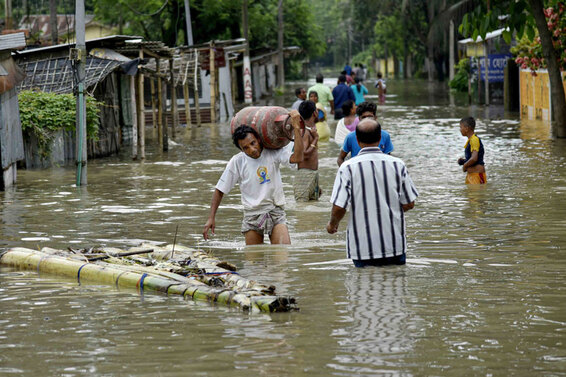
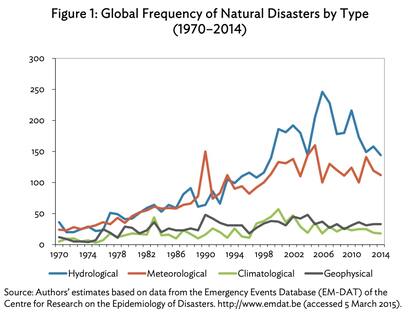
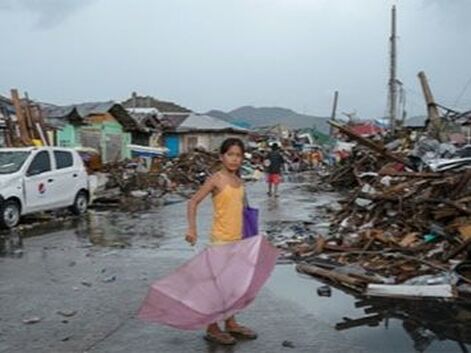
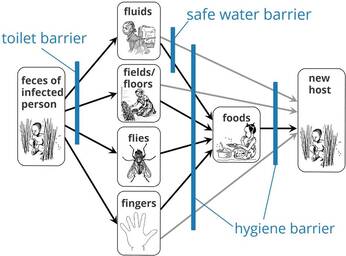
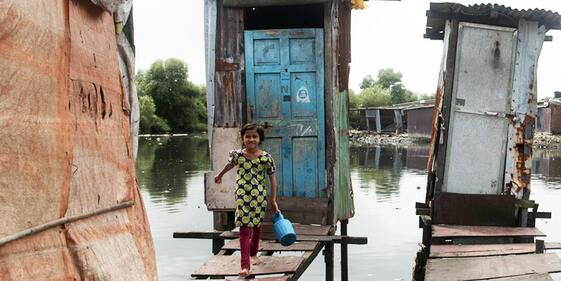

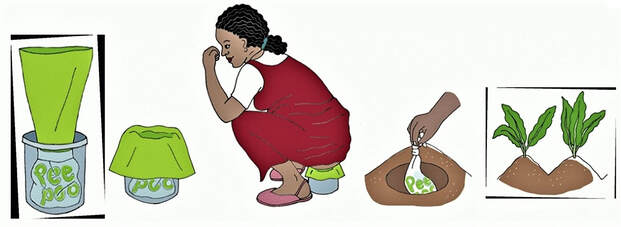
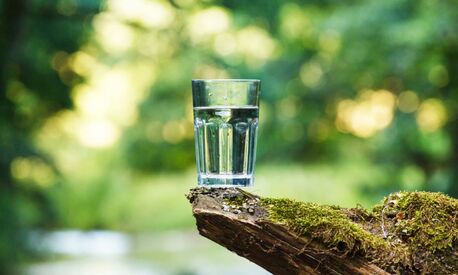

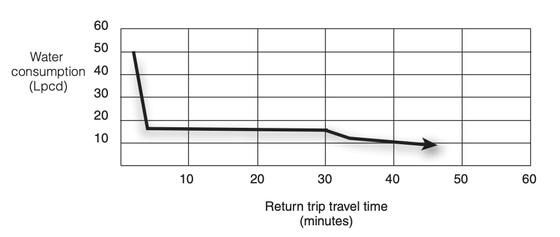
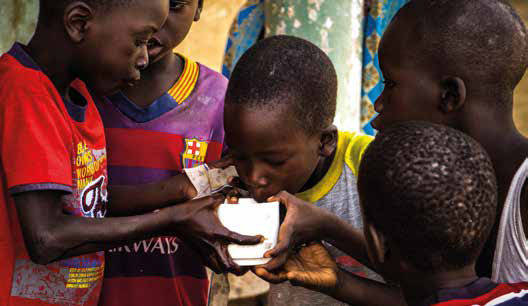
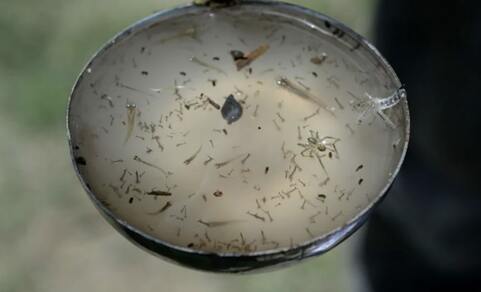
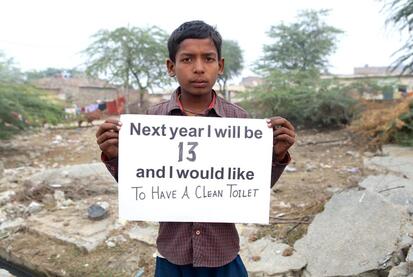
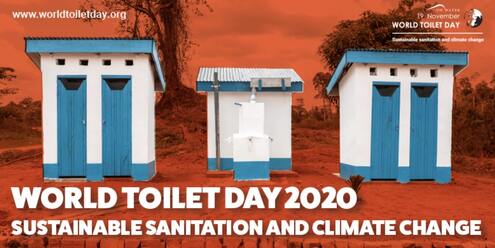
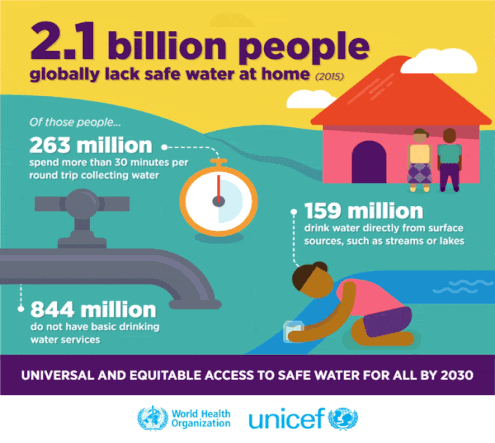


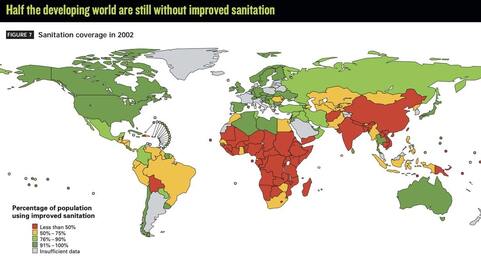
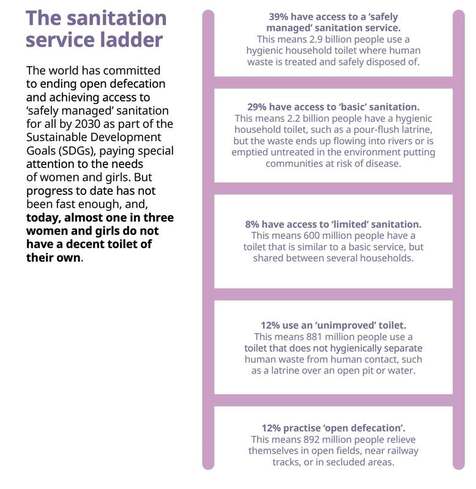
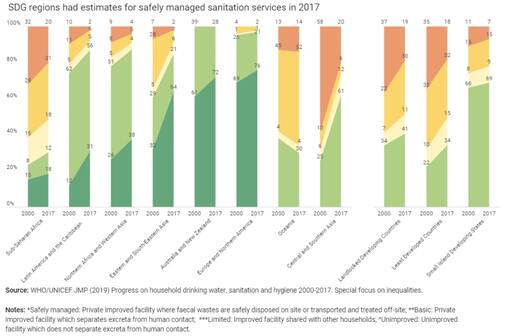
.jpg)